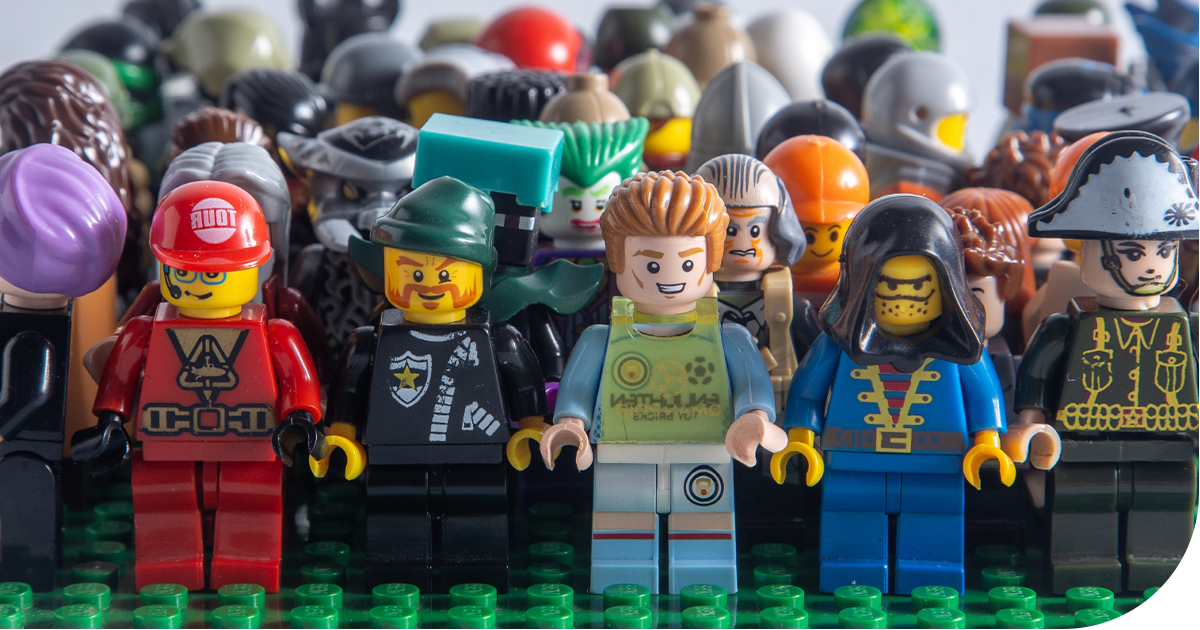Think of all the plastic objects you'll touch today—a computer keyboard, shoes, a water bottle, headphones, a shower curtain, and the brush or comb you used this morning. With how plastic permeates our lives, you'd be surprised to know that most variations of plastics have only been around for a hundred years. Conservators have been working on expanding their understanding of how to properly preserve objects made of plastics. Here are some basic tips to help your plastic objects last.
Storage
When it comes to storage, the basic guidelines are to keep them in a cold, dark and dry area. Light exposure, both UV and visible, can accelerate deterioration, so storing plastic objects in boxes or closed cabinets will help extend their life. Keep the humidity levels constant and well under 65%. Temperatures should also be kept constant and low to slow deterioration.
While original boxes for figurines and other plastic objects may increase their value, they can cause accelerated deterioration. Items should be stored separately in their own archival boxes.
Cleaning
Keep it gentle! Clean objects under dry conditions, such as carefully brushing or vacuuming. Contact a conservator if you have an object with a significant build-up that needs more intensive cleaning. While mild soap and water have been recommended in the past, this is no longer a recommended cleaning option.
Handling
Lastly, handling your collectibles requires some TLC. Your hands' oils and dirt can affect the plastic over time, so handle items with clean hands or use cotton gloves. And if your collectibles have movable parts, be gentle to prevent wear and tear.
There are many variables when preserving plastic objects, so while you may follow all these suggestions, plastic is inherently unstable and may deteriorate anyway. Conservators are still working to determine best practices, and they may change over time. Many of the resources below contain more in-depth and scientific information on preserving plastics.
For more information
- What Plastics are in my Collection? - Preservation of Plastic Artefacts in Museum Collections (POPART)
- Care & Identification of Objects Made from Plastic Conserv O Gram- National Park Service (NPS)
- Preservation of Plastics - The Getty Conservation Institute
- Care of Objects Made from Rubber and Plastic - Canadian Conservation Institute (CCI)
- Looking at Plastics: An Introduction to Caring for Plastics webinar - Foundation for Advancement in Conservation (FAIC)
- Preserving Plastics - National Museum of American History
- When Plastics are Precious - Science.org
- Care of Plastics: Malignant Plastics by R. Scott Williams

